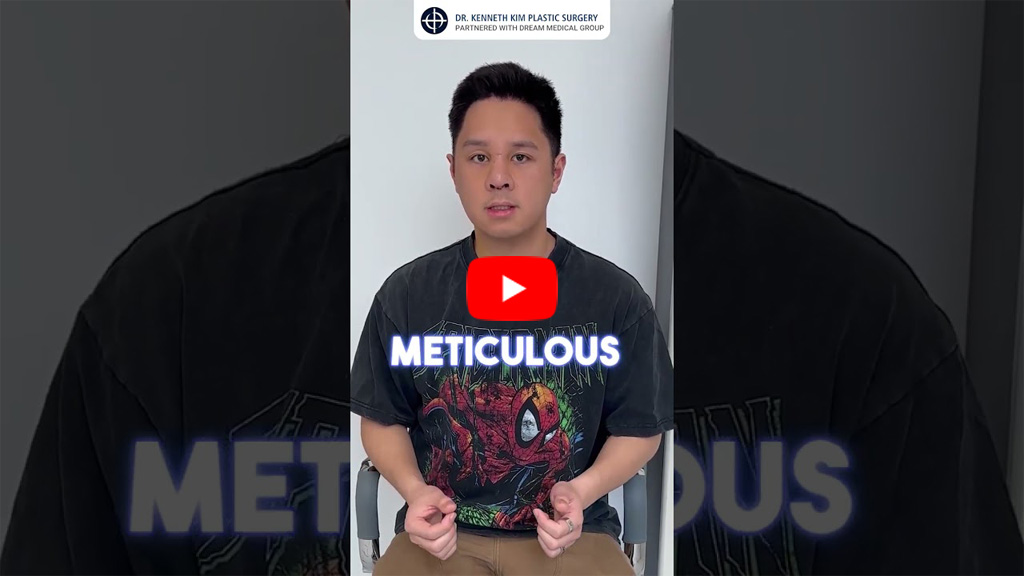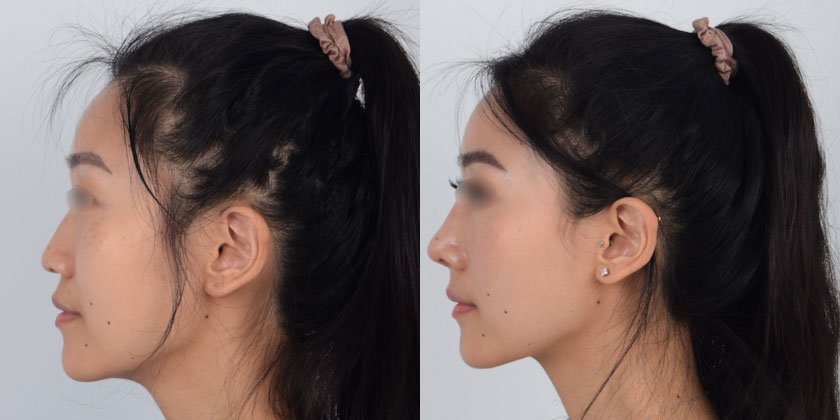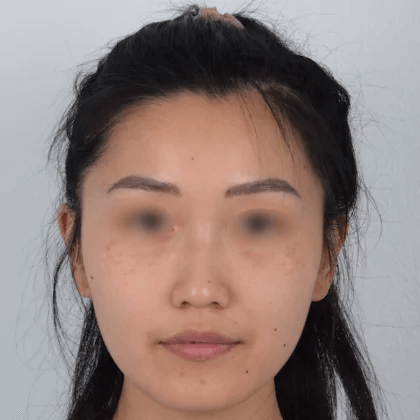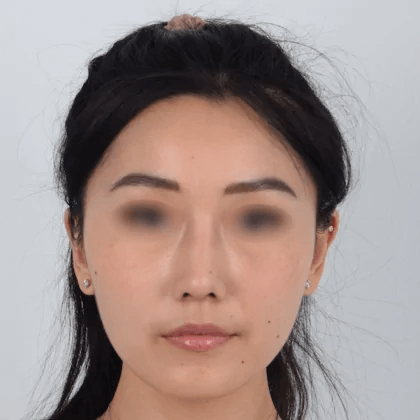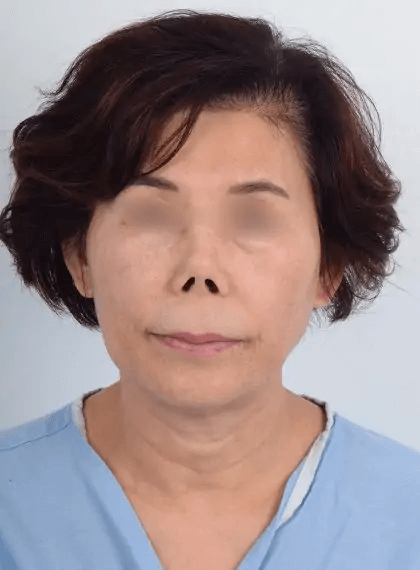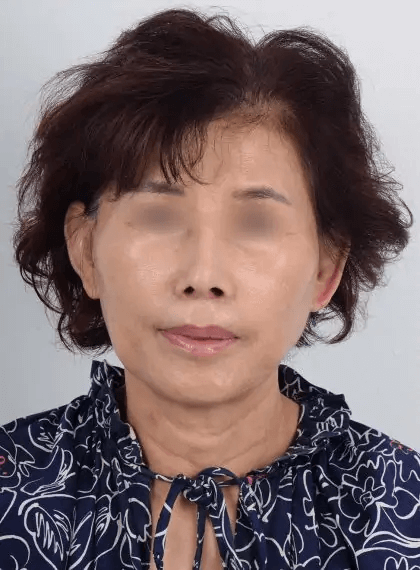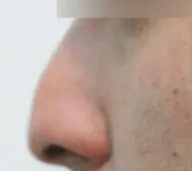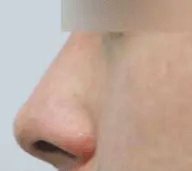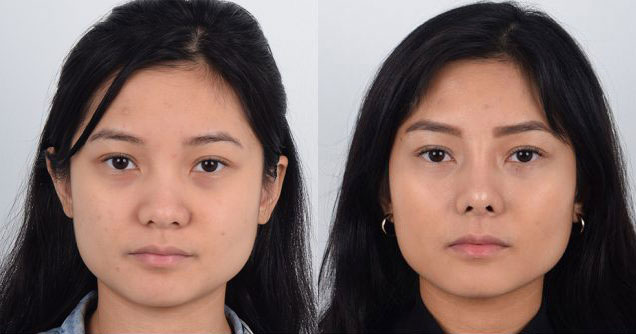The Problem of Using Cadaver Tissue in Asian Nose Surgery/ Asian Rhinoplasty
Cadaver tissue is sometimes used in Asian rhinoplasty as a material to augment or increase the size of the nose in Asian nose surgery. The cadaver tissue is either cartilage or a dermal graft.
Cadaver tissues are used for two main reasons in Asian rhinoplasty:
The primary reason is whether there has been past problems with a silicone implant. In revision rhinoplasty, where the prior silicone implant has created a complication such as an infection or shortening of the nose, a cadaver tissue can be used.
Another reason for using a cadaver tissue, such as dermis, is to add padding to the silicone at the tip of the nose. Sometimes in Asian nose surgery, the tip can be subjected to a significant amount of pressure during augmentation.
A plastic surgeon may put cadaver skin to augment the nasal tip or to give some padding to the nose tip.
However, the main problem of these cadaver tissues is that they are unpredictable when it comes to resorption. During Asian rhinoplasty, if this cadaver cartilage (irradiated cartilage) or dermis (Alloderm) is used, then a few years after surgery, there will be a change in shape. In Korean rhinoplasty, many Korean plastic surgeons use cadaver dermis (Alloderm) on the nasal tip.
It is quite common for Korean plastic surgeons to apply cadaver skin on the nasal tip. But once your body absorbs them, the tip will thin out and you can feel the silicone implant on the nasal tip.
When the cadaver cartilage is used to increase the nasal tip projection in Asian nose surgery or Korean nose surgery, the nasal tip projection decreases over time.
Nasal tip projection decreases because one’s own body will try to get rid of irradiated cartilage from a cadaver. Cadaver tissue’s durability is low.
During the consultation, Dr. Kenneth Kim will go over whether one has received cadaver tissue and how stable the cadaver cartilage or skin is. Dr. Kim does not use cadaver dermis (Alloderm) in Asian rhinoplasty or Asian nose surgery. Dr. Kenneth Kim will remove them and use your own tissue to perform revision Asian rhinoplasty / revision Asian nose surgery.
The Problem of Silicone Implants in Asian Rhinoplasty / Asian Nose Surgery
Asian rhinoplasty or Asian nose surgery is one of the most commonly performed procedures in Asia. And silicone is the most commonly used material.
Rather than only discussing the benefits of silicone implants in Asian nose surgery, it is important to discuss the problems or complications that can arise.
One of the problems is migration or movement of the silicone implant in the nose. The silicone implant can shift from side to side when one touches the implant on the bridge of the nose. This happens because the silicone implant does not firmly adhere or does not firmly attach to the bridge of the nose.
Another issue that can arise in Asian rhinoplasty is the silicone implant can be positioned to the side. Therefore, rather than being in the midline, the silicone implant slides to one side, resulting in the implant becoming mal-positioned.
Eventually, the silicone can even extrude or come through the skin of the Asian nose. Another issue of using silicone in Asian nose surgery is that the silicone implant can migrate down and put pressure on the tip of the nose.
The resulting symptom may be intermittent redness on the tip. However, as the pressure on the nasal tip progresses, the silicone implant can thin the skin of the nasal tip.
Lastly, the silicone implant can develop capsular contracture and cause shortening of the nose in Asians. This shortening is due to significant scar tissue that forms around the silicone implant in the nose of Asians.
If the capsular contracture of the silicone implant on the nose is significant, then the nose will become a short nose.




 Asian rhinoplasty is a specialized nose job procedure to sculpt and shape your finest feature without forsaking your unique beauty. After all, your sublime Asian appearance is a source of authentic pride. Your ethnic facial features visibly connect you to your parents, your heritage and your illustrious history.
Asian rhinoplasty is a specialized nose job procedure to sculpt and shape your finest feature without forsaking your unique beauty. After all, your sublime Asian appearance is a source of authentic pride. Your ethnic facial features visibly connect you to your parents, your heritage and your illustrious history. 